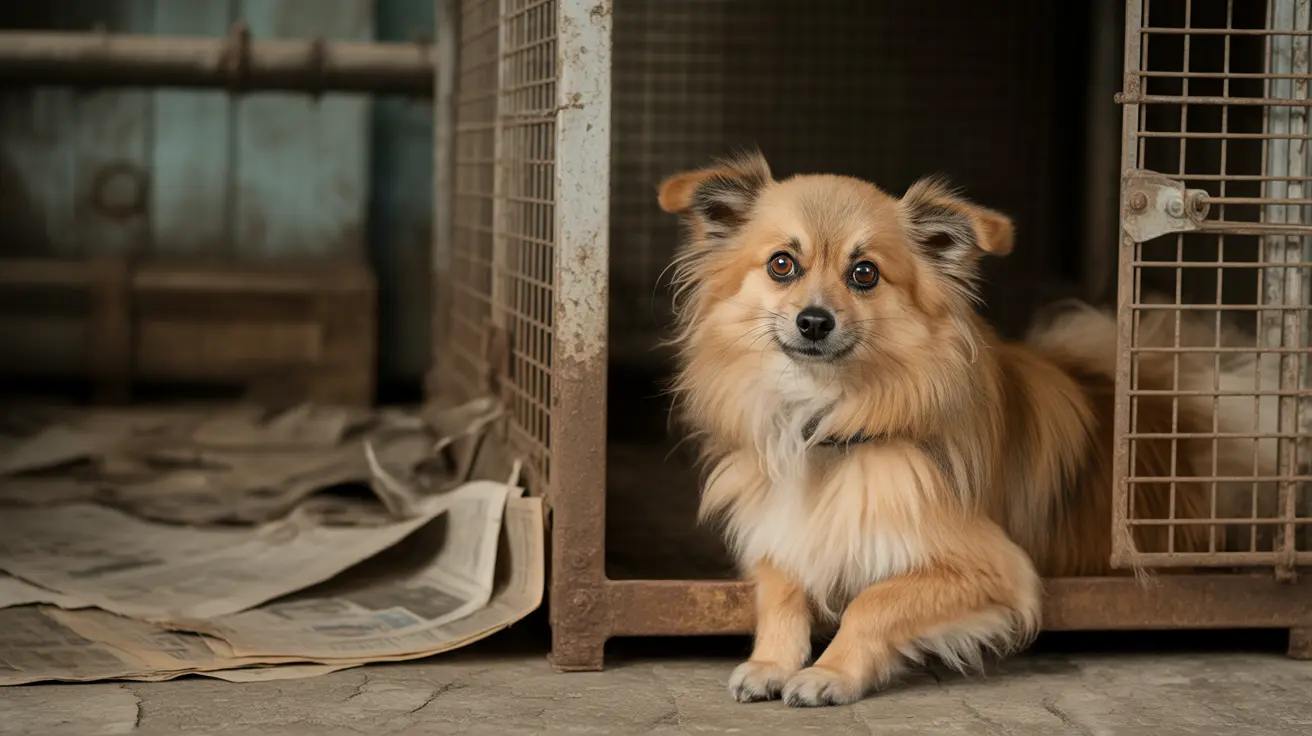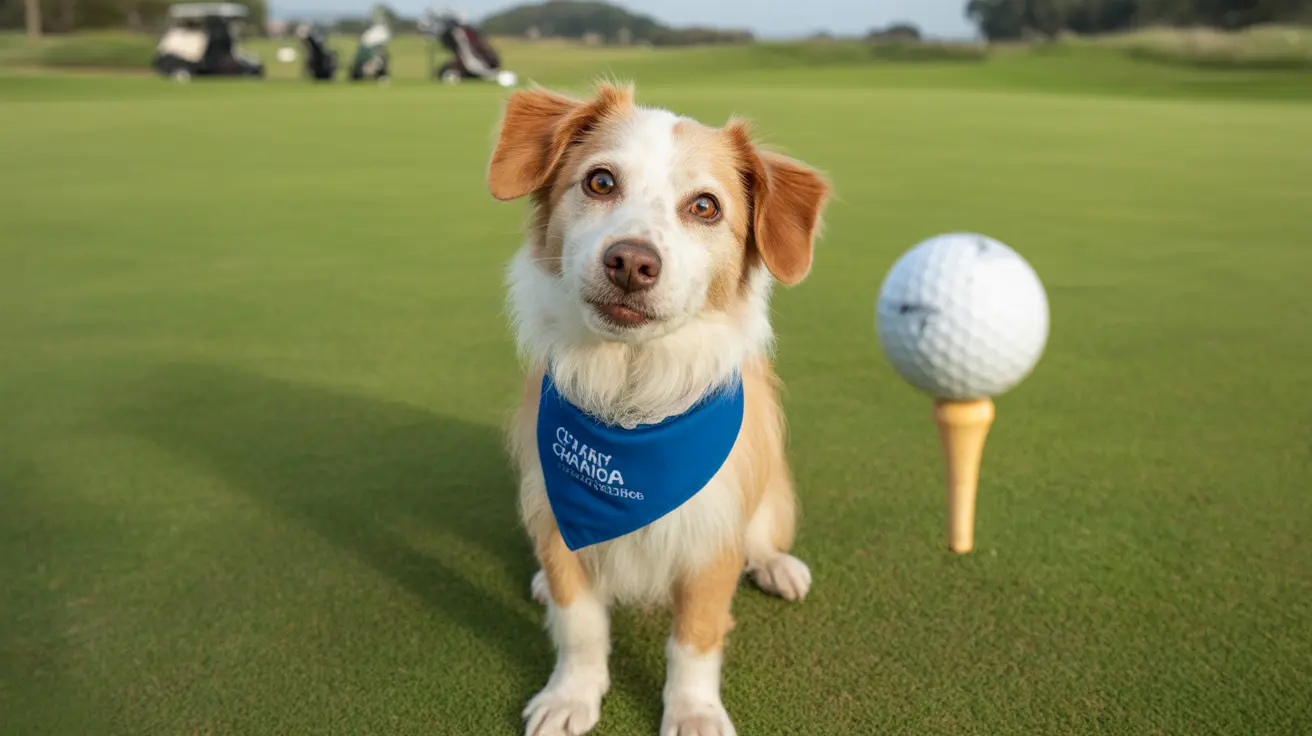Can Dogs Eat Fried Rice? What You Need to Know
Many dog owners wonder if their furry companions can share a bite of fried rice. While plain cooked rice is a common ingredient in commercial and homemade dog foods, not all types of rice dishes are safe for your pet.
Plain Rice: A Safe Staple
Rice is easy for dogs to digest and provides a quick energy boost. Both white and brown rice are generally safe, though white rice is often preferred for dogs with sensitive stomachs because it's gentler on the digestive system. Jasmine and basmati varieties are also fine for canine consumption.
When serving rice to dogs, always ensure it's fully cooked and served plain—no salt, butter, oil, or seasonings. This keeps it safe and easy on your dog's stomach.
The Problem With Traditional Fried Rice
Restaurant-style or takeout fried rice usually contains ingredients that are dangerous for dogs. These include:
- Onions and garlic (toxic to dogs; can damage red blood cells)
- Soy sauce and other seasonings (high in sodium; risk of salt poisoning)
- Added fats or oils (can upset digestion)
If your dog eats fried rice with these ingredients, watch out for symptoms like vomiting, diarrhea, excessive thirst, lethargy, tremors, weakness, pale gums, or collapse. Contact your vet if any of these appear.
A Dog-Friendly Fried Rice Recipe
You can prepare a version of fried rice that's safe for dogs by using only dog-friendly ingredients:
- Start with cold, cooked white rice.
- Sauté briefly in a nonstick pan without oil or butter.
- Add lean ground turkey (fully cooked).
- Scramble eggs into the mixture.
- Toss in frozen mixed vegetables—avoid onions and garlic completely.
- Let the dish cool before serving it to your dog.
This homemade recipe skips all harmful seasonings and uses only ingredients that are gentle on canine stomachs.
How Much Rice Should Dogs Eat?
Treats like plain or dog-friendly fried rice should make up no more than 10% of your dog's daily calories. Here are some suggested portion sizes:
- Extra-small dogs (2–20 lbs): 1–2 tablespoons
- Small dogs (21–30 lbs): 2–3 tablespoons
- Medium dogs (31–50 lbs): 1/4 cup
- Large dogs (51–90 lbs): 1/3 cup
- Extra-large dogs (91+ lbs): 1/2 cup
You can offer plain rice two or three times per week unless your vet advises otherwise. Too much rice may cause weight gain due to its high carbohydrate content—especially in less active pets. For diabetic dogs, limit white rice since it raises blood sugar; brown rice is slightly better but still should be fed cautiously.
Bland Diets: Chicken and Rice for Upset Stomachs
If your dog has an upset tummy or is recovering from illness, vets often recommend a bland meal: boiled boneless chicken mixed with plain cooked rice. The typical ratio is two parts rice to one part protein. Avoid any added spices or fats—keep it simple!
Avoid These Common Mistakes
- Never serve fried rice meant for humans—it may contain toxic ingredients.
- Avoid sauces and seasonings high in salt or fat.
- Don't let treats like rice replace a balanced diet formulated for your dog's nutritional needs.
If Your Dog Eats Unsafe Fried Rice
If your pet accidentally eats traditional fried rice containing onions, garlic, or too much salt, monitor them closely. Symptoms of toxicity may develop quickly. Don't hesitate to call your veterinarian if you notice anything unusual.
The Bottom Line
You can safely give your dog small amounts of plain cooked rice, or prepare a special version of fried rice using only dog-safe ingredients like lean meats and vegetables (never onions or garlic). Always avoid restaurant-style versions and keep portions moderate. When in doubt about what foods are safe for your pet, consult your veterinarian first.





